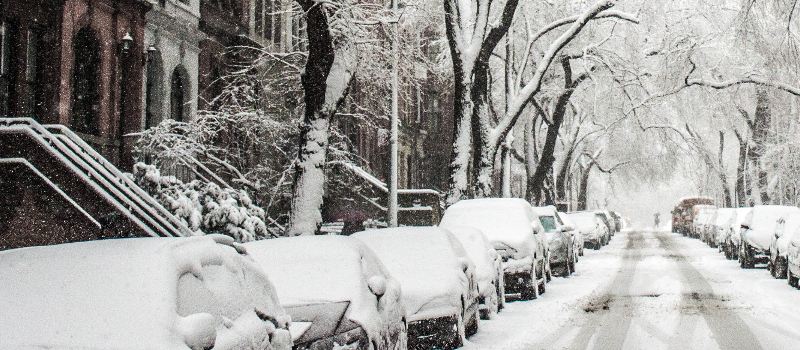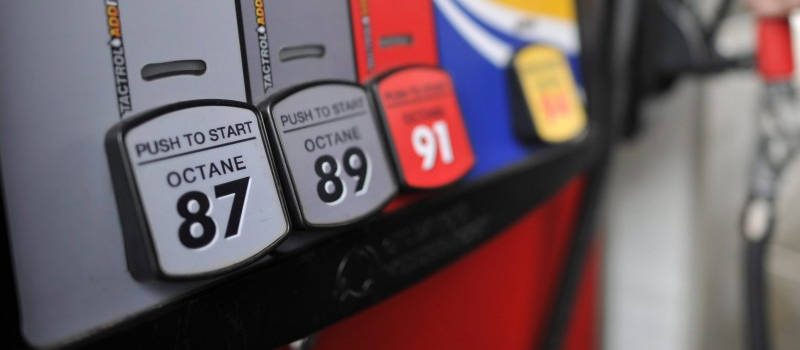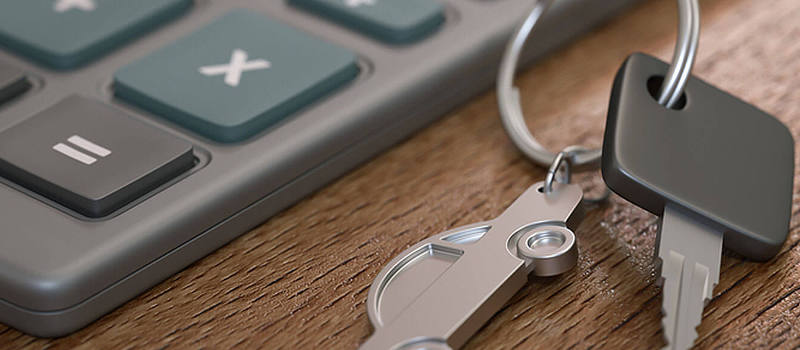
Car Tips For Winter Weather
Winter can be especially harsh on vehicles so our experts have put together some quick winter car tips to keep you on the road come snow, sleet and freezing temperatures.
Expert Winter Car Tips to Keep Your Car Running Safely
-
Replace and Refill Fluids
One of the easiest things you can do to ensure your car is able to handle the sudden change to cold weather is to make sure your fluids are good whether you have your vehicle serviced or you handle the maintenance yourself.
Coolant: It’s extremely important to have the right antifreeze-to-water mixture in your radiator during the winter months otherwise you run the risk of the fluid freezing when the temperature drops. Check your owner’s manual to verify the mixture and get a tester available at your local auto parts store. Check the level and make sure it’s up to the fill line. If it’s not have more added.
Oil: Many experts recommend switching to a thinner oil during the winter. This is especially true if you live in the north or areas where the temperature can drop excessively and for extended periods. Check your owner’s manual or a local mechanic and follow the recommendation provided.
Wiper Fluid: Wiper fluid levels are often overlooked by drivers until it’s too late. You don’t want to be driving behind another vehicle after a storm when you realize you’re either out of fluid or the fluid you have isn’t freeze-resistant.
-
Windshield Wipers
Right after you top your fluids off, make sure your wiper blades are in good working order as they normally see some of their heaviest and most taxing use during the winter season. Driving behind a truck spitting up dirt, salt and slush onto your windshield from its rear tires is not the time to discover the blades of your windshield wipers are dull and useless. Replace them now before you really need them.
And while we’re on the subject of visibility, you may also want to look into adding an anti-fogger to the inside of your windshield.
-
Tires
All weather tires can do an ok job with slick winter road conditions, but not if the tread is worn. Check your tires and if necessary, replace them. If you live in an area that typically receives a lot of snowfall during the winter, you should seriously consider switching to snow tires to improve your vehicle’s traction during the winter months. The air in your tires will contract in the winter lowering the overall pressure so check the pressure when it’s cold out to make sure they’re properly inflated for the conditions.
-
Battery
Cold weather will also affect your car’s battery reducing its capacity to hold a charge. To make sure your power source is ready to handle the winter, thoroughly inspect it along with the battery terminals and connections. Check the battery cables for and breaks and make sure the terminal attachments are tight and won’t slip. Check your battery fluid and add distilled water if necessary.
Use a hydrometer to check the charge held by your battery. (See your local auto part store if you need one). When you’re checking your battery, you should note the manufacture date that may be the only indicator you need that it’s time to replace it before winter truly settles in.
-
Emergency Kit
You should already have an emergency kit in your vehicle, but make sure it is equipped with what you’ll need in the event of a break down during the bitter cold of winter. Your emergency kit should include the following:
Spare Tire & Tools: Flat tires aren’t just the domain of warm weather. You need to make sure you have a spare tire, lug wrench, jack and road flares and hazard signs.
Personal Safety Items: Make sure you also have equipment and resources for different day and weather conditions like a flashlight (and fresh batteries), blankets, gloves and a hat.
Additional Winter Items: Kitty litter or sand to deal with snow and ice if you get stuck, an ice scraper and brush, small shovel, container of coolant and one with wiper fluid.
Survival Items: Snacks and non-perishable food and water should also be kept in your vehicle in case you are stranded for an extended period. -
Fuel
Keep your tank full.
Cold temperatures can cause condensation and if your fuel tank isn’t full that condensation can collect in your gas tank and fall into your gas, eventually sinking and possible making its way to your fuel lines where it can freeze and block the flow of gas to the engine. Avoid this potential risk by keeping your tank full during the winter.
Follow these winter car tips to keep your vehicle on the go and on the road until the spring thaw!



0 Comments